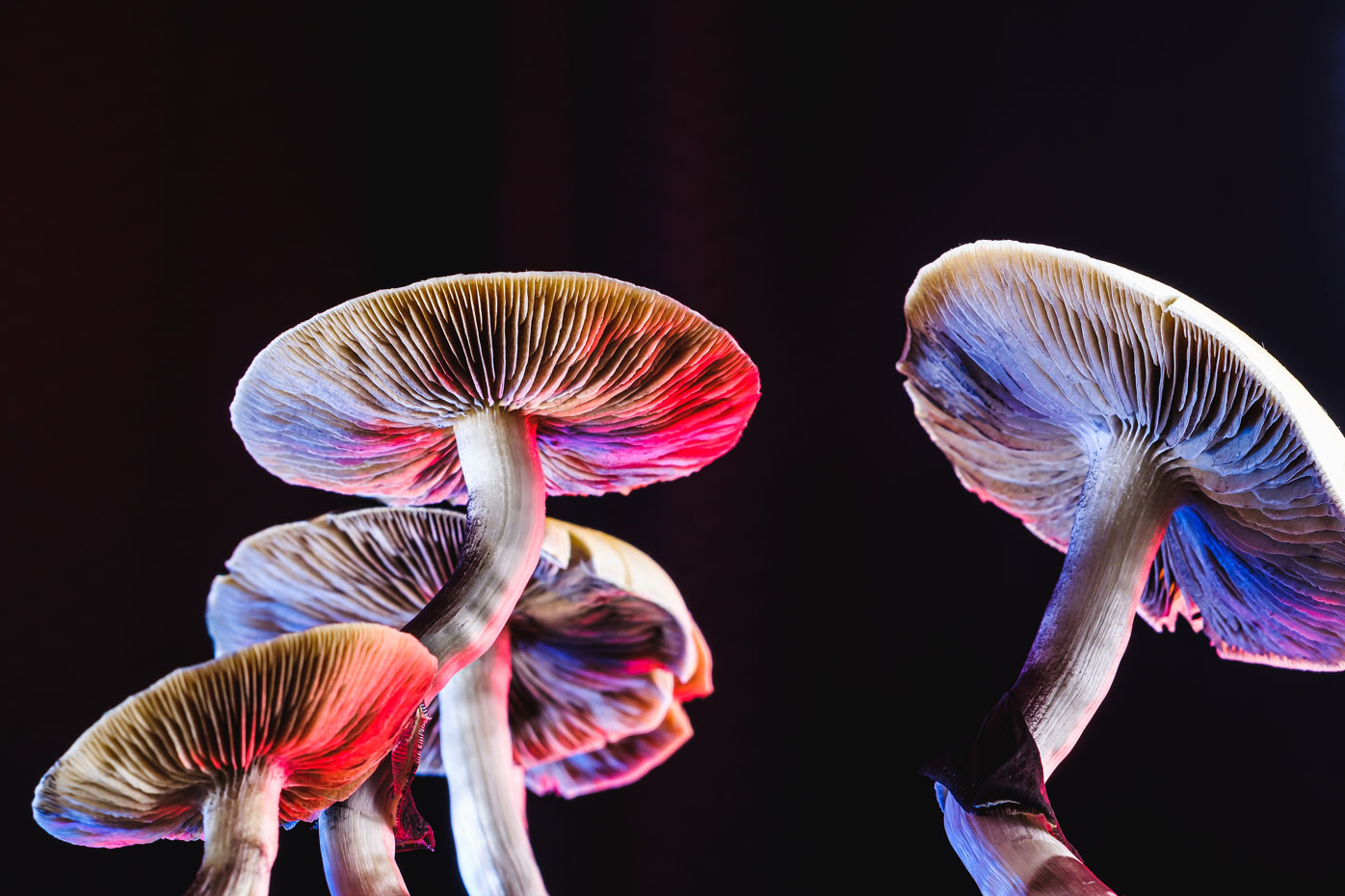Find Out Why Everyone’s Talking About Golden Psycho Right Now.
Find Out Why Everyone’s Talking About Golden Psycho Right Now.
Blog Article
Everything About Psychotomimetic Substances: Their Role in Psychological Research
Psychotomimetic substances, such as LSD and psilocybin, have garnered increasing passion in psychological study for their capacity to replicate psychotic signs and provide understanding into various psychological health and wellness conditions. Their communications within the mind, specifically via serotonin and dopamine pathways, suggest a complex connection between consciousness and neurobiology that might open novel healing methods. As scientists continue to examine their prospective applications, ethical considerations bordering their usage in scientific settings become paramount, elevating important concerns concerning security and educated approval that require further exploration.
Definition of Psychotomimetic Substances
In the world of mental study, psychotomimetic substances are compounds that can generate results resembling those of psychosis, such as hallucinations, delusions, and modified understandings of fact - About Golden Psycho. These substances can be classified into various classifications, including hallucinogens, dissociatives, and particular energizers, each creating distinct mental results
The medicinal activity of psychotomimetic substances commonly includes inflection of neurotransmitter systems, particularly those pertaining to serotonin, dopamine, and glutamate. Compounds like lysergic acid diethylamide (LSD) mostly act on serotonin receptors, leading to extensive alterations in sensory understanding and cognition.
The energy of psychotomimetics in research hinges on their capability to mimic psychotic symptoms, giving a version for understanding the hidden devices of psychotic conditions such as schizophrenia. By researching the results of these substances, researchers can gain insights right into the neurobiological and psychological processes that add to psychosis.
In addition, psychotomimetic compounds have been explored for their restorative possibility in dealing with various psychological health conditions, including depression and anxiousness, highlighting their twin role in both research and possible scientific applications.
Historical Development and Context
The exploration of psychotomimetic compounds has a rich historic context that goes back to old worlds, where compounds such as psilocybin mushrooms and peyote were used in spiritual and healing methods. These very early uses often intertwined with spiritual rituals, recommending a profound respect for the modified states of consciousness caused by these substances.
The mid-20th century marked a substantial pivotal moment in the study of psychotomimetic substances, particularly with the synthesis of LSD by Albert Hofmann in 1938. The succeeding popularization of LSD in the 1960s catalyzed a wave of rate of interest in both its psychological impacts and potential restorative applications. Researchers started to examine how these substances might imitate psychotic states, supplying insights into psychological disease.
Nonetheless, the enhancing organization of psychotomimetics with counterculture activities caused regulatory reaction, finishing in the criminalization of a number of these substances. Regardless of these challenges, the renewal of rate of interest in the therapeutic potential of psychedelics in the 21st century has actually motivated renewed research study. This historical trajectory emphasizes the progressing understanding of psychotomimetic substances, changing from sacred materials to subjects of scientific query and, potentially, therapeutic promise.
Mechanisms of Activity
Recognizing the systems of activity of psychotomimetic compounds exposes the detailed ways these materials interact with the brain's neurochemistry. These substances mainly exert their impacts via modulation of natural chemical systems, specifically serotonin, dopamine, and glutamate.
In enhancement to serotonin, dopaminergic paths are dramatically affected by Related Site substances like mescaline and specific cannabinoids, which can bring about modified states of awareness and changes in state of mind and inspiration. Moreover, the NMDA receptor animosity observed with materials like ketamine highlights an additional pathway where psychotomimetics might cause dissociative states and extensive changes in believed procedures.
The neurochemical waterfalls launched by these communications lead to facility and diverse psychological effects. Comprehending these systems is critical for both the innovation of psychological study and the healing capacity of psychotomimetic compounds, as they give insights into the underlying neural correlates of transformed states of consciousness.
Current Research Study and Applications
Current investigations into psychotomimetic compounds have disclosed a rebirth of rate of interest in their restorative applications, especially in the areas of psychiatry and psychology. Scientists have actually begun checking out materials such as psilocybin, LSD, and ayahuasca for their potential to ease signs related to various mental health and wellness problems, consisting of depression, stress and anxiety, and PTSD.
Clinical tests have actually shown that, when administered in controlled settings, these substances can promote profound emotional experiences, promoting emotional developments and boosted restorative end results. As an example, researches have shown that psilocybin-assisted treatment can result in considerable decreases in treatment-resistant depression, with effects lasting for numerous months post-treatment.
In addition, psychotomimetic compounds are being assessed for their ability to foster neuroplasticity, potentially enabling more efficient rewiring of maladaptive thought patterns. These searchings for suggest that such compounds may serve as accessories to typical psychotherapeutic approaches, improving the efficacy of therapeutic treatments.
As research study advances, the focus is shifting towards understanding the ideal does, restorative settings, and participant qualities that can optimize the advantages of these substances. This burgeoning area holds guarantee for reinventing psychological health treatment paradigms and dealing with the limitations of traditional psychological medicines.
Honest Considerations in Research

Navigating the honest landscape of research involving psychotomimetic substances is critical to guaranteeing participant safety and security and the honesty of research study outcomes. Scientists should prioritize informed authorization, making certain that participants completely comprehend the potential dangers and benefits related to the materials being researched. This consists of offering in-depth info regarding feasible emotional effects, consisting of acute and long-term impacts, and enabling participants the possibility to from this source take out from the study at any type of time scot-free.
In addition, honest oversight by see it here institutional testimonial boards (IRBs) is important. IRBs examine research study procedures to safeguard participant welfare and copyright honest standards. This analysis helps alleviate dangers and ensures that studies are conducted with scientific roughness. Furthermore, the possibility for browbeating need to be very carefully examined, specifically when at risk populations are involved.
Confidentiality is an additional vital factor to consider. Researchers must carry out durable procedures to secure individuals' identities and information, particularly provided the sensitive nature of experiences associated with psychotomimetic compounds (About Golden Psycho). Eventually, a dedication to moral methods not just fosters trust fund in between researchers and participants however likewise improves the integrity and validity of the research outcomes, adding to the innovation of mental expertise

Conclusion
To conclude, psychotomimetic substances, especially traditional psychedelics such as LSD and psilocybin, deal considerable insights right into mental problems through their one-of-a-kind systems of action. Their restorative capacity in attending to problems like stress and anxiety and PTSD emphasizes the value of ongoing research in this field. Ensuring moral requirements in research study methods is crucial for participant safety and security and informed approval, enabling for a responsible expedition of these compounds' advantages and effects within emotional scientific research.
Report this page